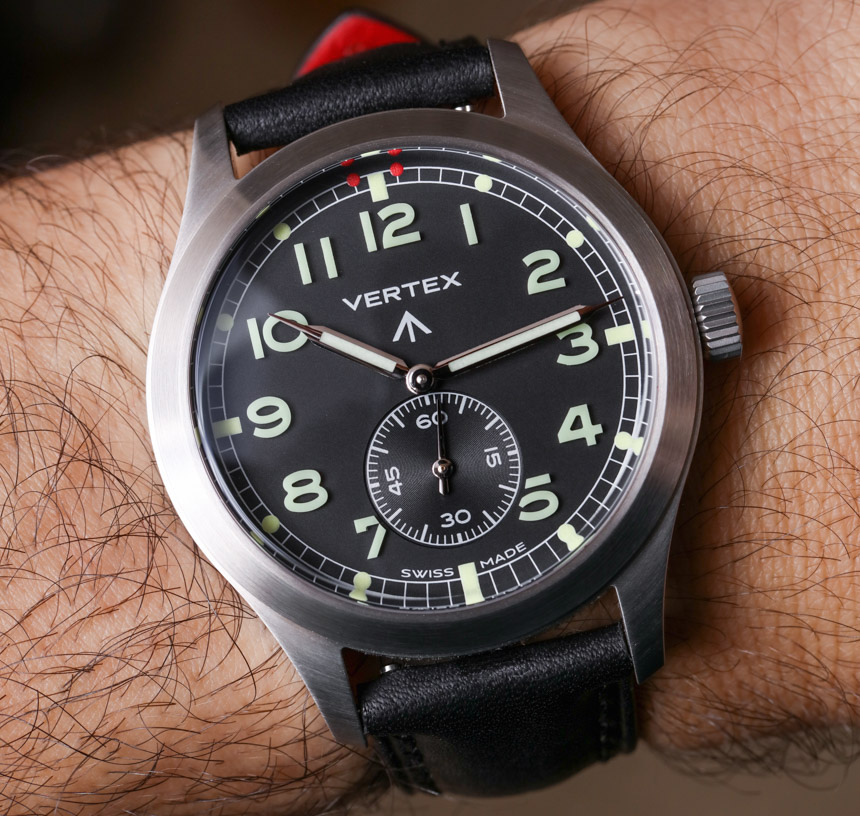
Vertex watches was “re-founded” by Don Cochrane of London, whose grandfather Claude Lyons (also of London) originally founded Vertex watches in the early 20th century. The brand’s rebirth indeed has a romantic twist, but the formula of bringing back a vintage timepiece is tried and true. Here is a guy who learned his grandfather started a now defunct watch brand with a neat military history. Just when vintage-style timepieces are in, and given the fact that producing timepieces in Switzerland has theoretically never been as democratized (if you have the money), this guy had an opportunity to bring something neat to the market. Did he? Let’s find out what the Vertex M100 limited edition “need to know someone” watch is all about.
As I understand it, the original Vertex was brought to market in 1944 as one of twelve companies selected by the British government to produce specially-designed military-specification timepieces. These watches were sold to the military, and issued to soldiers – who were not typically allowed to keep them. The “broad arrow” symbol on the dial under the logo (which isn’t unique to the Vertex M100) was the indicator that something was “property of the crown.”
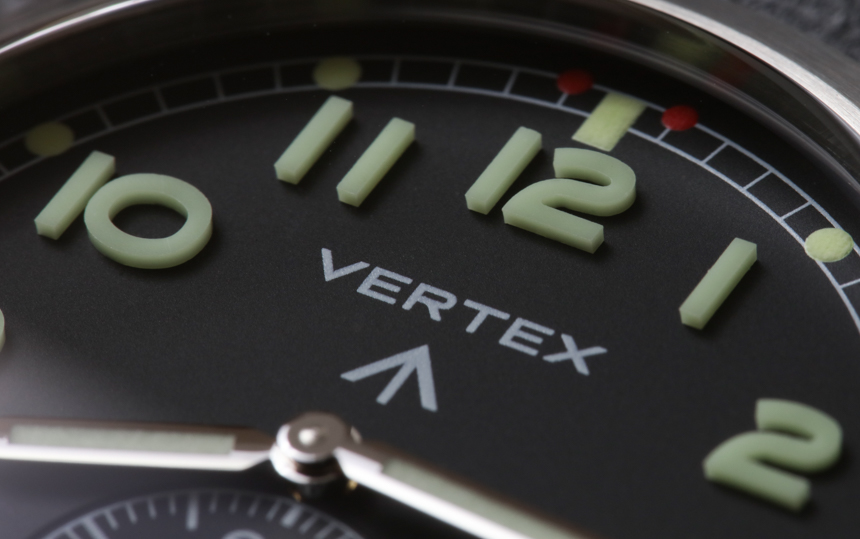
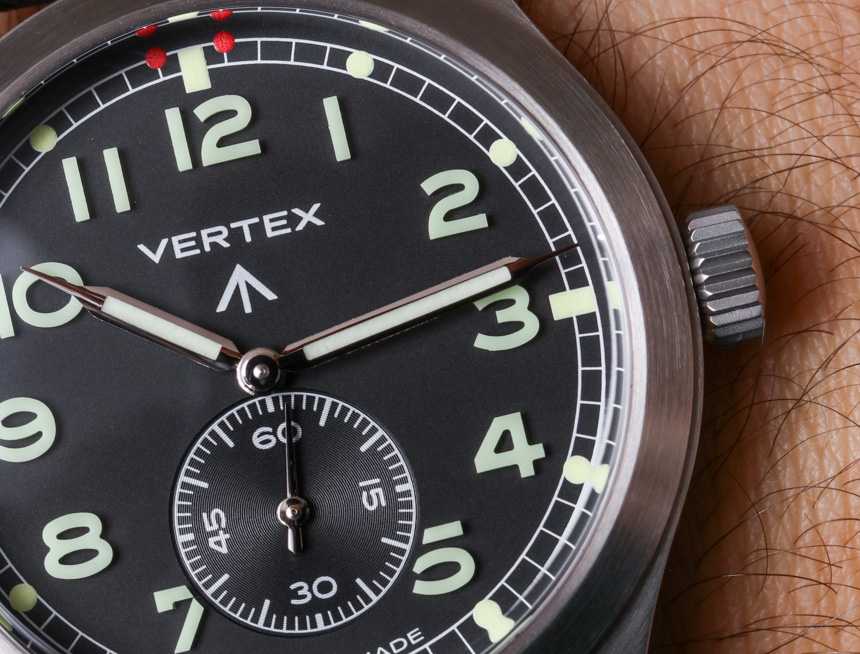
Apparently, several thousand original Vertex military watches were made, and after World War II, the brand continued on for a while (until the early quartz crisis). When Mr. Cochrane decided to bring the brand back, it was probably an easy decision to go with this original field watch design. The military-spec history means that it is a real tool watch, and many men today appreciate sensible retro-style sport watches on their wrist. With that said, the Vertex M100 isn’t just another re-issue of a military watch that was never supposed to be a luxury. Instead, the M100 is a sort of higher-end re-imagination of the original Vertex watch – specifically imagined for watch collectors.
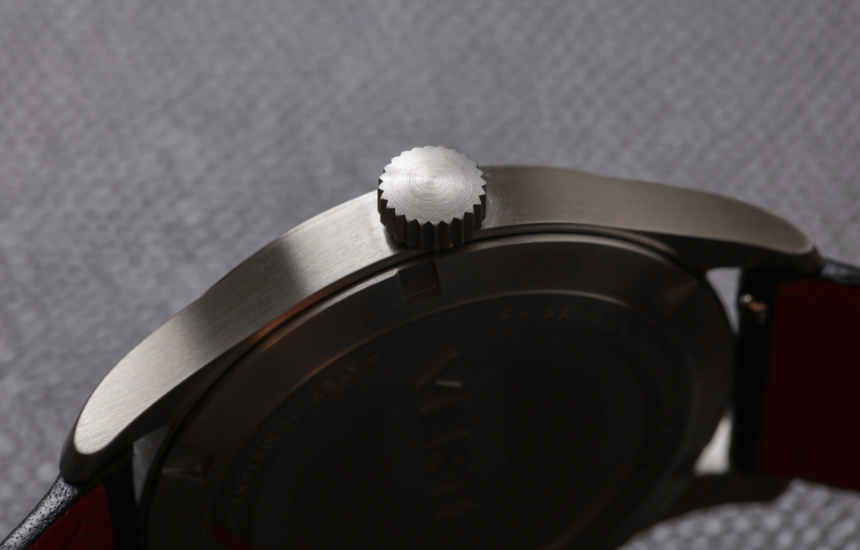
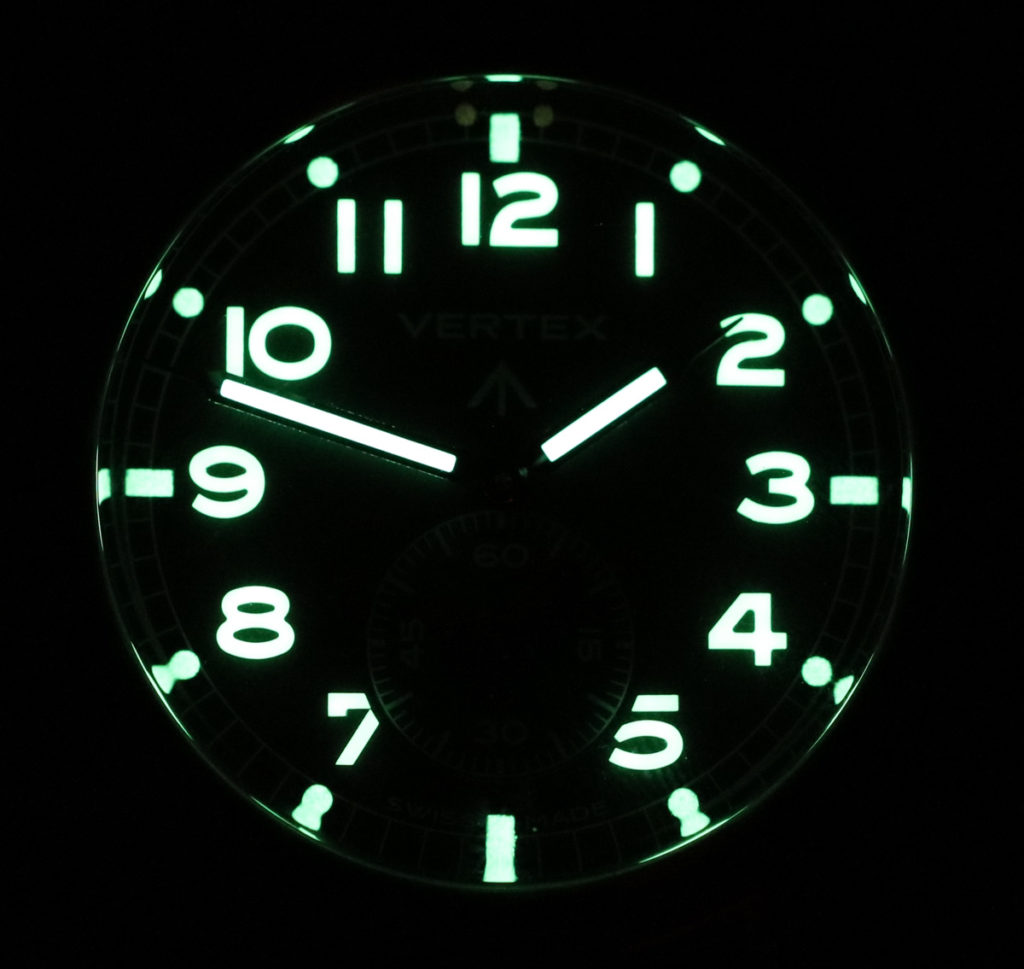
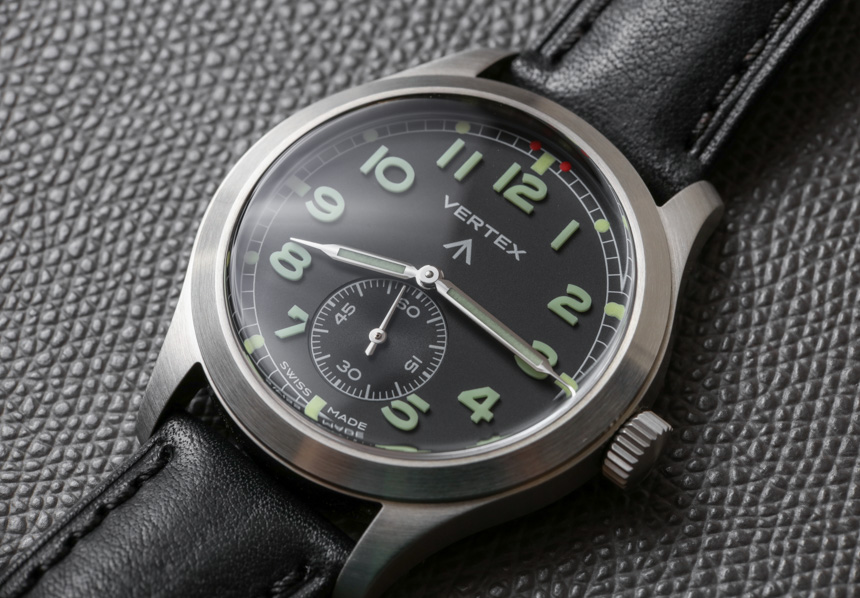
At 40mm wide, the Vertex M100 is larger than its 36mm ancestor, but it wears modestly in a well-constructed brushed steel case. The case alone demonstrates a large attention to detail. Vertex doesn’t claim to be an in-house manufacturer, but they did clearly spend considerable time and resources looking for good Swiss suppliers. This applies to the dial quality, and the overall presentation.
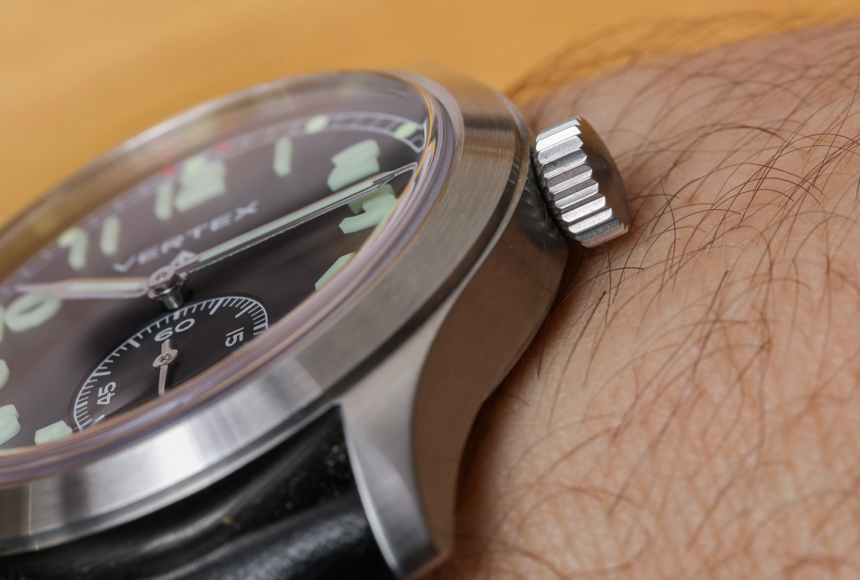
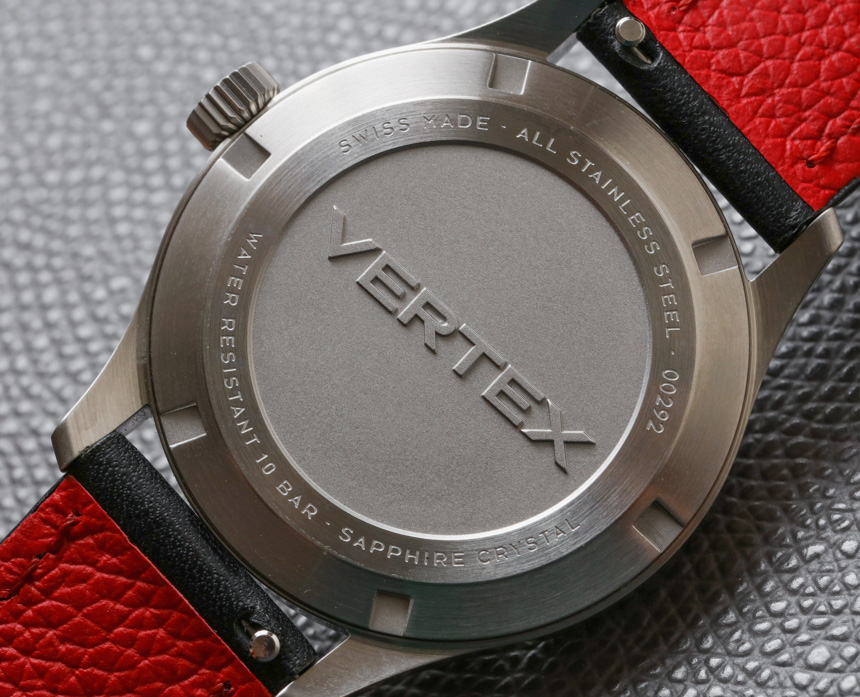
The most common complaint watch enthusiasts will have about the Vertex M100 is the price. I promise this won’t be the most money that the majority of the M100’s owners will have spent on a watch, but they might expect something like this to go for a bit less. With that said, given the production costs (recall, Swiss assembly and suppliers) the Vertex M100 doesn’t seem to have an unethical margin. This is just often the cost of the little guy doing something nice in Switzerland.
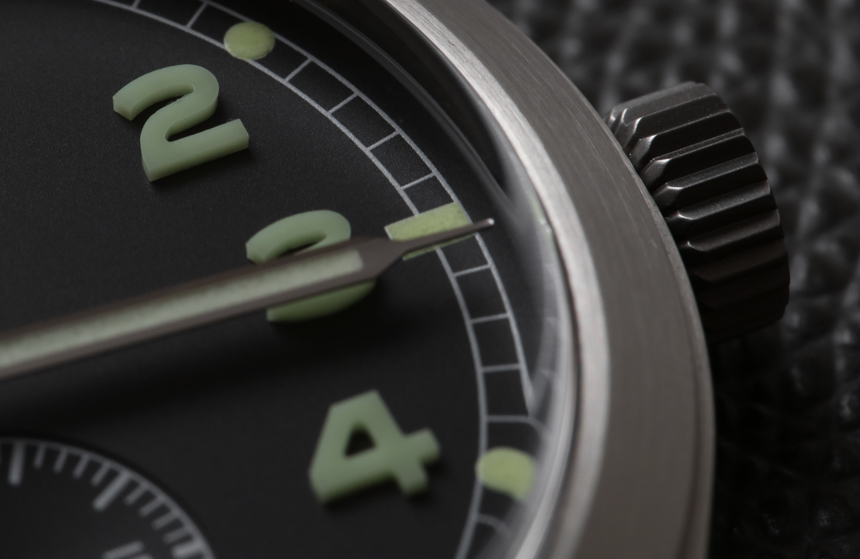
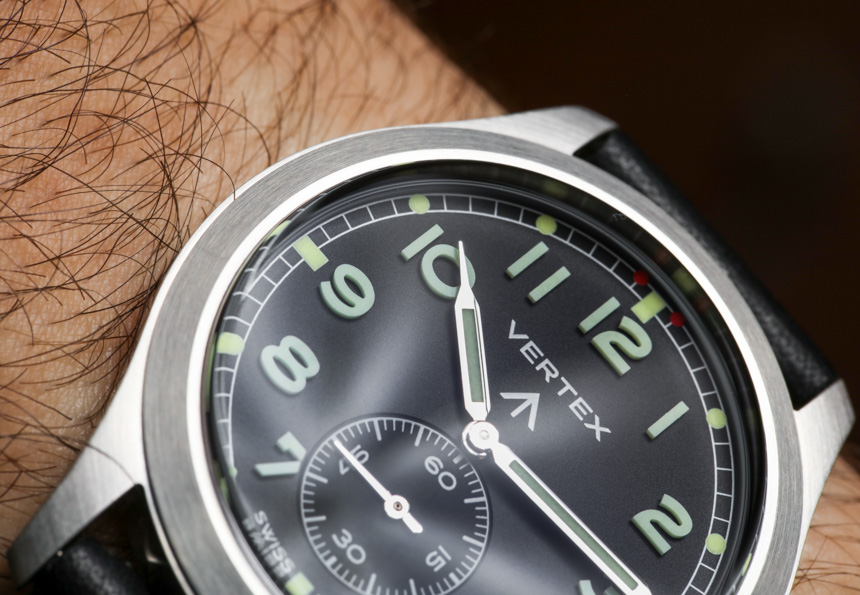
If you do like the core design of the M100, I really do think that you’ll like the detailing. The most impressive element is the set of molded, applied numerals that are produced out of solid luminant (made with Super-LumiNova) material. This doesn’t just help give the dial a welcome sense of visual depth, but it also makes the dial easier to read. More so, who doesn’t like three-dimensional luminant? In the dark, the M100 looks really cool – and for watch nerds, that goes a long way. Honestly, the solid lume-material-cut numerals are a clever trick, and one that more brands should consider. Isn’t it time we moved past… lume paint?
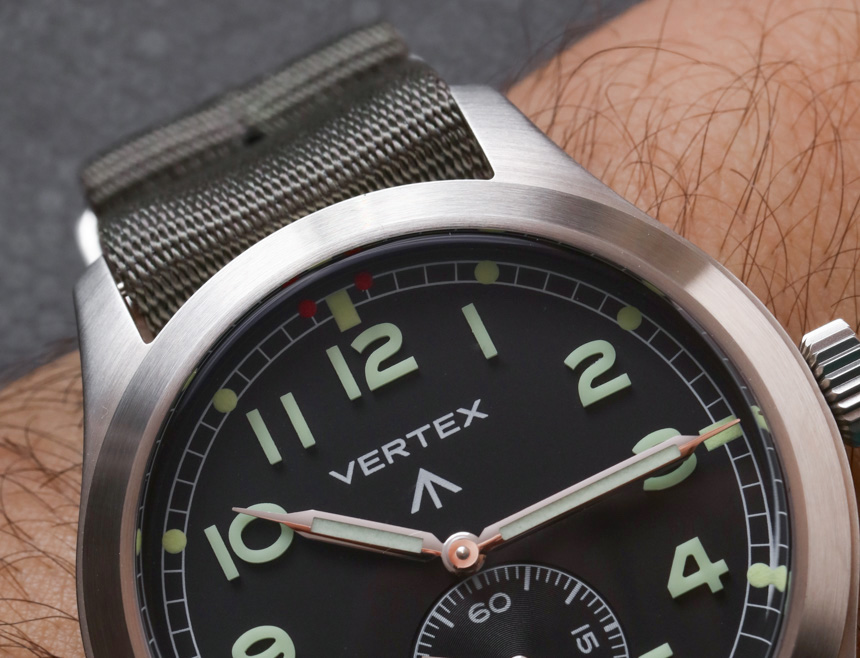
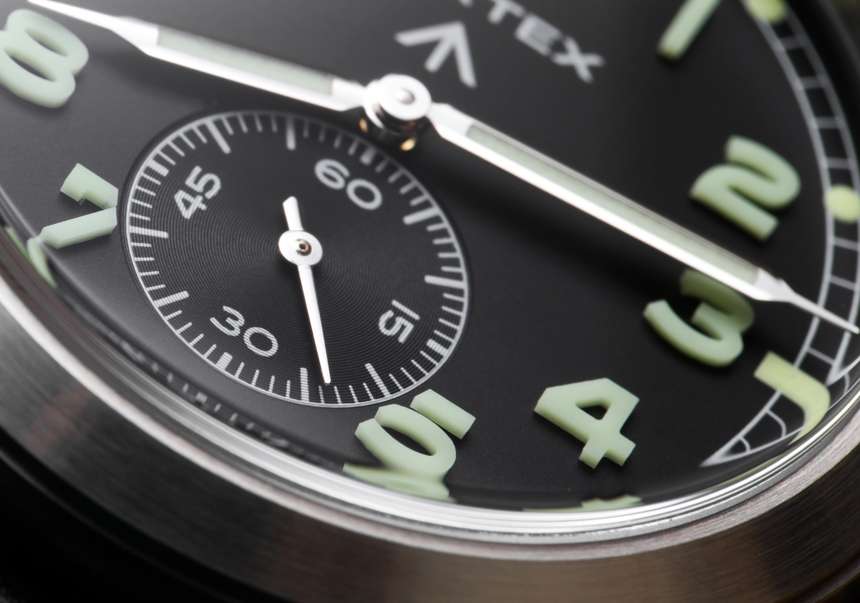
No date, and not even an automatic movement… at least a few horological purists I know just got perky. For the subsidiary seconds position and to maintain the original watch’s manual-wound movement, Vertex opted for a Swiss ETA Peseux 7001 mechanical movement. This is basically a smaller-sized pocket watch movement operating at 3Hz (21,600bph) with 42 hours of power reserve. The polished hands don’t harm legibility, and the overall composition of the watch feels like a very good way of enjoying the function and nostalgia of a mid 20th century WWII era military watch design (that sounds amusingly narrow but in the watch world, that is a big category).

